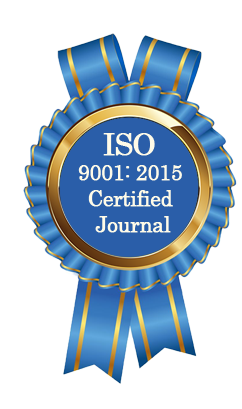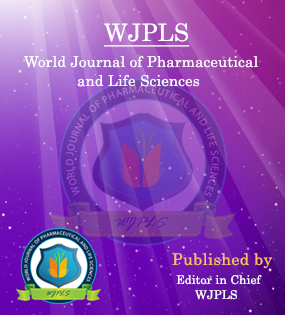Abstract
REGENERATION AND DEVELOPMENT MECHANISM IN ANIMALS
Dr. Anil M. Khole*
ABSTRACT
As the cellular physiology is the outcome of enzymatic activity, so the enzymes must have developed before the cells. The first “cell like” structures with division power were known as eobionts or Pre-cell. It was noted that eobionts originated about 3800-4200 million years ago. The Protista (cells with distinct nucleus) gave rise to Eukaryotes that evolved into Protozoa, Metazoa and Metaphyta. The theories on natural selection mention that continued selection of more eobionts accompanied with the perfection of the membrane system probably led to the formation of the first cell. The first living cells were anaerobic and chemoheterotrophic evolved about 4200 million years ago. At cellular level, development in plants and animals shows quite similar. They share a common eukaryotic cell ancestor. The new scientific study suggests similarities may also extend to the earliest stages of plant and animal life, the formation of the embryo (embryogenesis). Growth or development means, the increase in cell size and number that take place during the life history of an organism. Whereas regeneration in plants and animals is the ability to recover from damage. As compared to animals, plants have evolved powerful regeneration abilities to recover from damage. In this review paper I have discussed regeneration and development mechanisms among animals.
[Full Text Article] [Download Certificate]WJPLS CITATION 
| All | Since 2020 | |
| Citation | 590 | 424 |
| h-index | 12 | 10 |
| i10-index | 17 | 14 |
INDEXING
NEWS & UPDATION
BEST ARTICLE AWARDS
World Journal of Pharmaceutical and life sciences is giving Best Article Award in every Issue for Best Article and Issue Certificate of Appreciation to the Authors to promote research activity of scholar.
Best Article of current issue
Download Article : Click here





